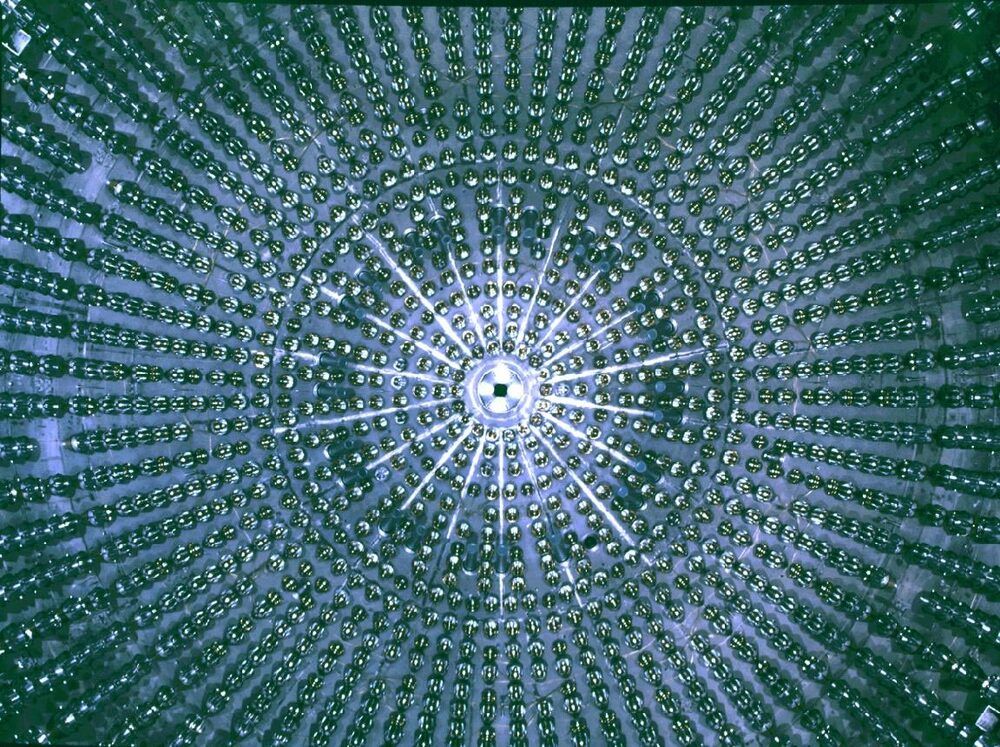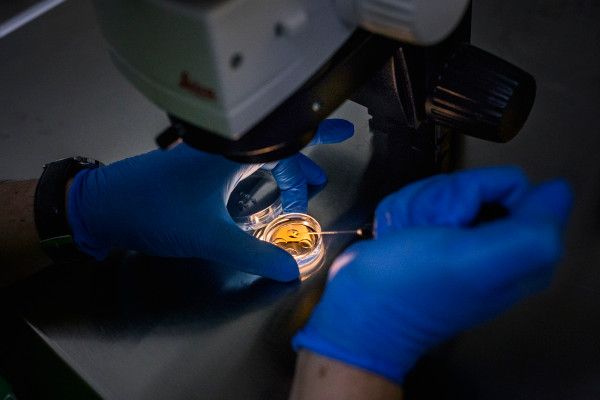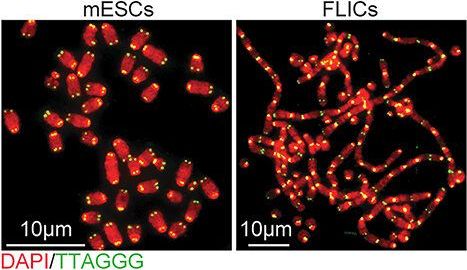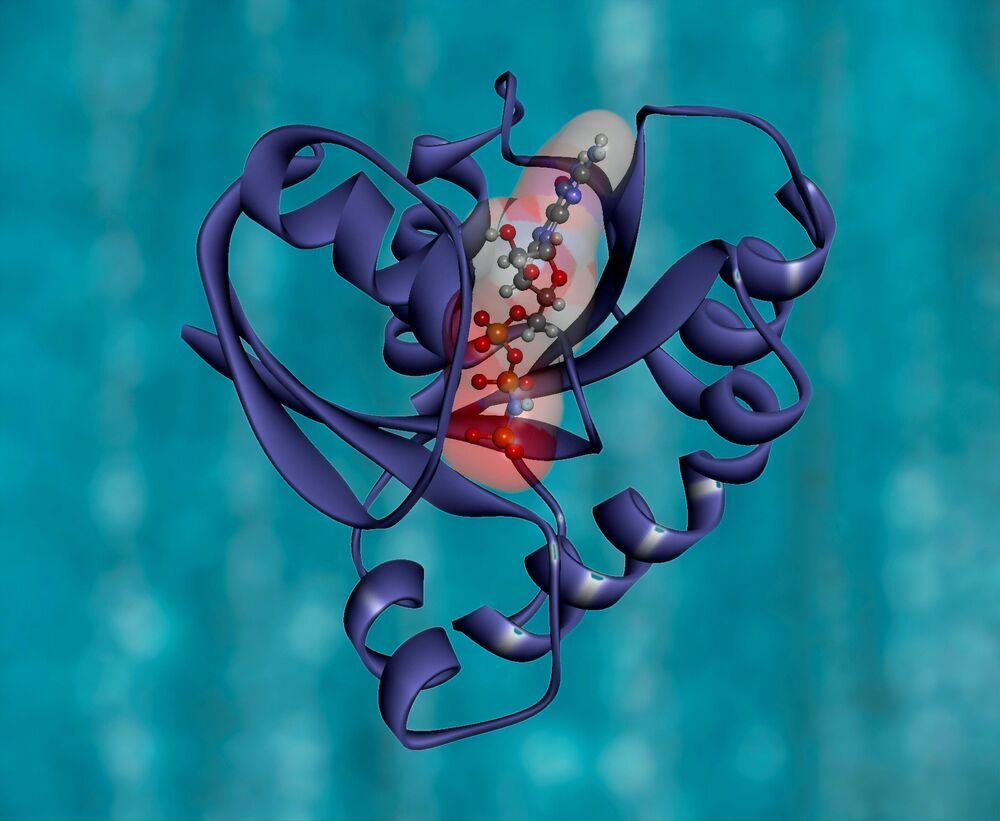Nov 26, 2020
Elusive Internal Structure of Mars Revealed by Ancient Zircon Minerals From the Red Planet
Posted by Quinn Sena in category: space
Analysis of an ancient meteorite from Mars suggests that the mineral zircon may be abundant on the surface of the red planet.
By determining the age and hafnium isotope composition of zircons, researchers from the University of Copenhagen have shown that a population of these crystals were sourced from the deep interior of Mars. If the researchers are correct, it means that the young zircons contain information about the deep, inaccessible interior of Mars, which provides insights into the internal structure of the planet.
“Zircon are incredibly durable crystals that can be dated and preserve information that tell us about their origins. Having access to so many zircons is like opening a time window into the geologic history of the planet.” —


















